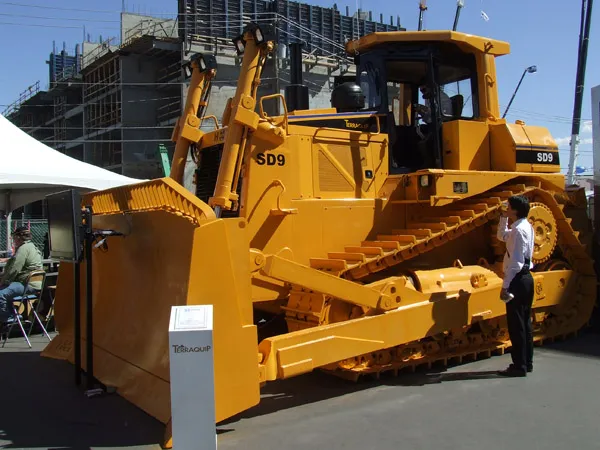Fiat Industrial has signed the renewal of a US$2.69 billion (€2bn) three-year committed revolving credit facility with 21 banks. The deal is said by Fiat Industrial to demonstrate the strong support the Group enjoys from its key relationship banks. The facility is intended for general corporate purposes and working capital needs and replaces the US$2.69 billion three-year revolving credit facility originally signed in December 2010.
February 8, 2013
Read time: 1 min
The deal is said by Fiat Industrial to demonstrate the strong support the Group enjoys from its key relationship banks. The facility is intended for general corporate purposes and working capital needs and replaces the US$2.69 billion three-year revolving credit facility originally signed in December 2010.








